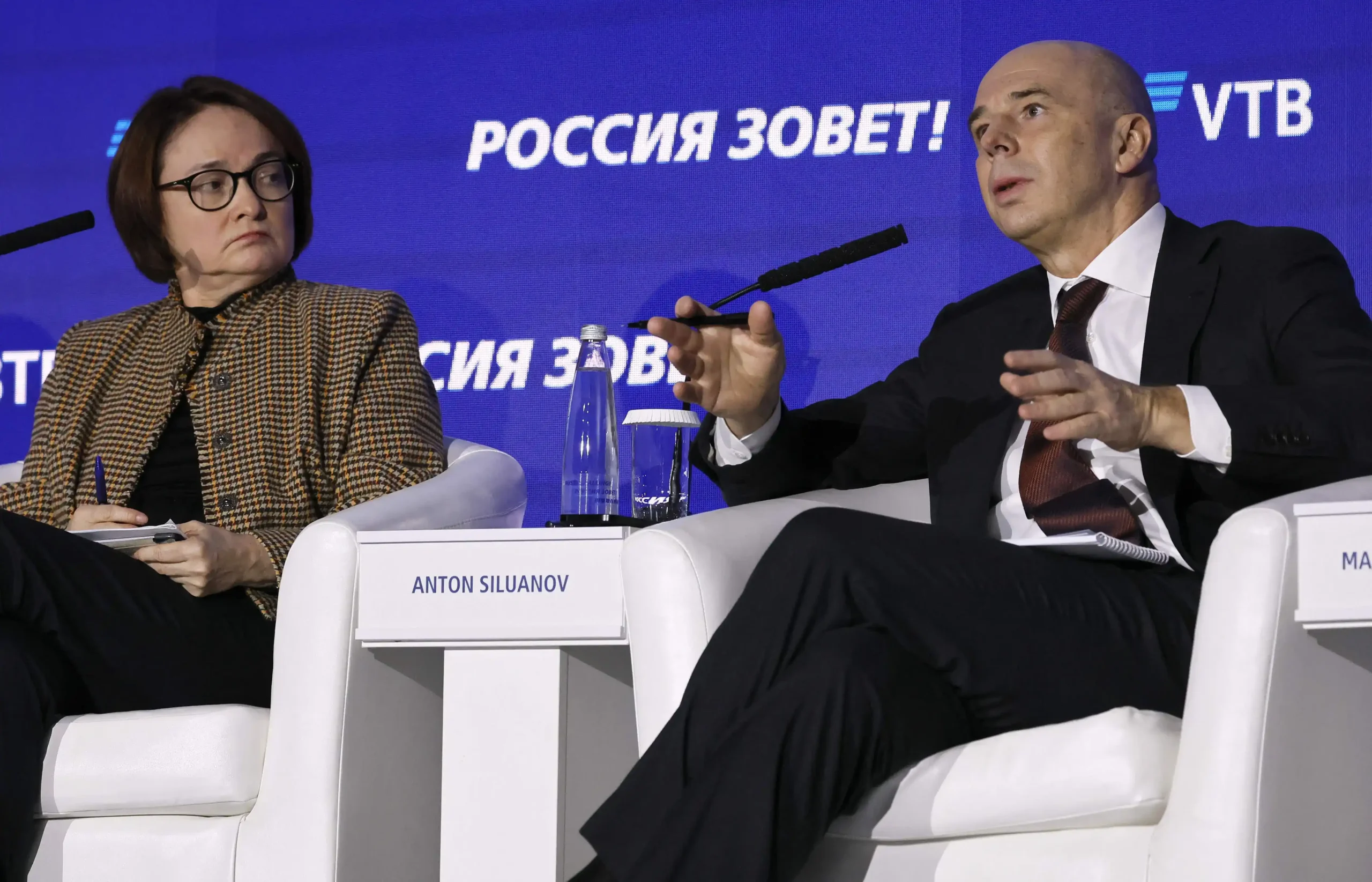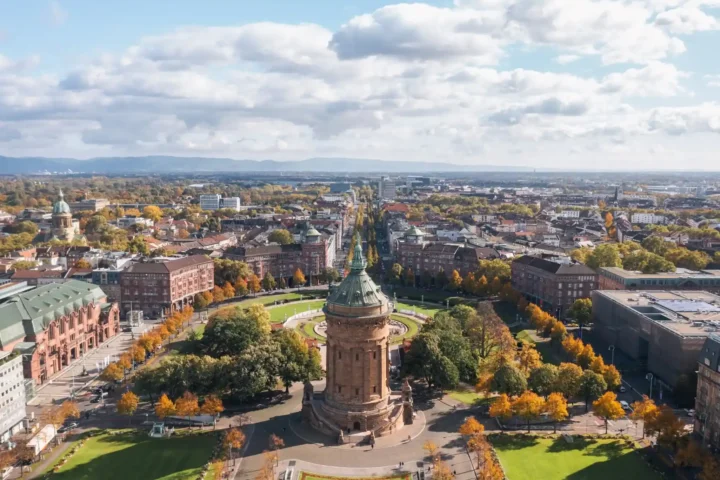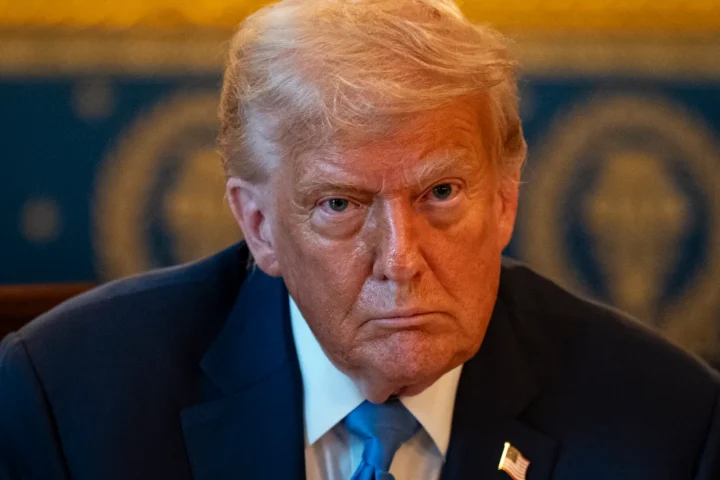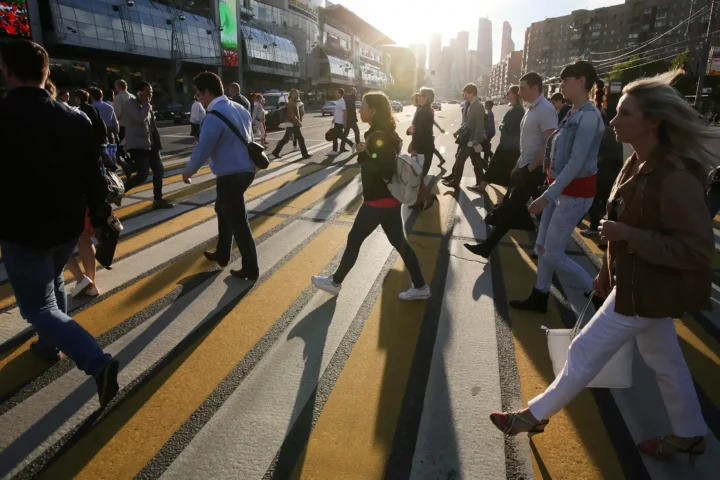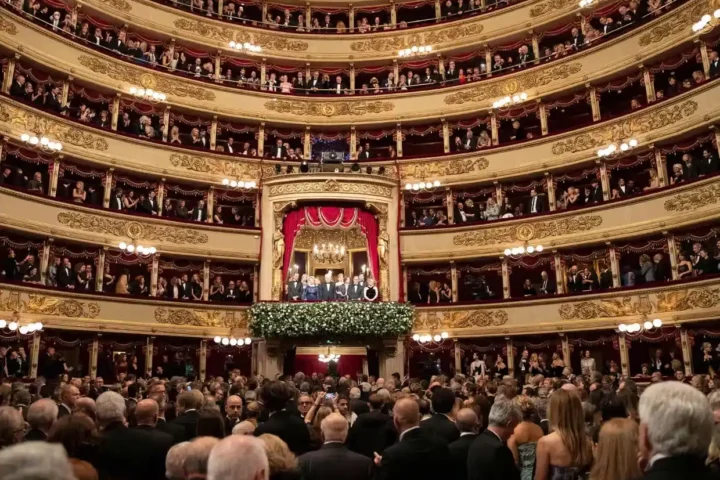Russia’s Central Bank (CBR) is reportedly engaged in active discussions about the agenda for its February board meeting, where the key interest rate trajectory will take center stage. Governor Elvira Nabiullina is pushing for a significant rate hike of at least 1.5%, attributing the need for this measure to the government’s failure to curtail subsidized loans for industry as previously agreed. Despite resistance from Finance Minister Anton Siluanov, a close ally of Nabiullina, the government remains focused on addressing investment shortfalls through allocations from the National Wealth Fund (NWF) and its reserves, prioritizing defense and agriculture sectors.
The CBR’s rationale for advocating a rate hike is rooted in accelerated price growth observed in December. The central bank’s analysis suggests that “demand is outstripping the economy’s capacity to expand production of goods and services”. This stance traces back to the decision at October’s board meeting to maintain the rate at 21%. However, critics argue that the regulator’s conclusions are questionable and rest on unreliable data.
Inflation Dynamics and Underlying Causes
According to the central bank’s reports, inflation surged to 9.5% year-on-year in 2024, with December recording an alarming 14.2% increase. Consumer food prices, which rose by 11.1% year-on-year, were identified as the primary driver of this inflationary spike. The CBR attributes these trends to unmet demand.
However, empirical data paints a different picture. Food sales and production have both declined in Russia. Preliminary estimates for 2024 indicate significant reductions in agricultural outputs: grain harvests fell by 13.8% year-on-year, potato yields dropped by 10.9%, and sugar beet production declined by 21.1%. Simultaneously, Russia’s population decreased by 500,000 people, further lowering consumption levels. Despite stagnant or declining demand, prices have continued to rise.
The root cause of inflation appears to be the shrinking production and supply chain, exacerbated by higher borrowing costs that hinder investments and operational activities.
Declining Living Standards
Additional indicators reflect a worsening economic environment for consumers. Research by Romir shows that disposable income among Russians fell to 18% in November 2024, down from 27% in November 2023. Moreover, the share of income spent on food rose to 31% in November 2024, up from 28% a year earlier. Historically, such shifts indicate declining living standards as a greater portion of income is allocated to basic necessities.
Structural Issues vs. Monetary Policy
The data strongly suggest that inflation in Russia is not demand-driven but arises from structural supply-side challenges. This undermines the effectiveness of the Central Bank’s monetary policy framework, which seems to focus on restricting financial flows into the economy rather than addressing fundamental issues like production and supply constraints. By prioritizing rate hikes, the CBR risks exacerbating economic hardships without tackling the root causes of inflation, leaving consumers and industries in a precarious position.

